Home-Brewing Isn’t a Science—It’s an Art. Here's How to Make Your Own Masterpiece
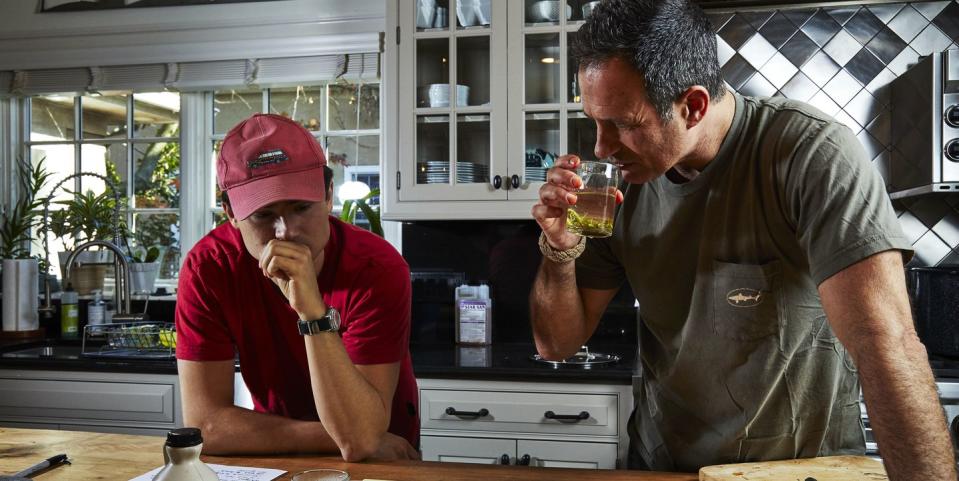
"Beer is a catalyst for community building. At our brewery, Dogfish Head, my wife Mariah and I have tried to show our kids that we make fun, creative, off-centered ales that connect us to awesome people such as the Grateful Dead and our coworkers. We hoped one of them might be interested in carrying on this tradition, but we didn’t want to put that weight on their shoulders.
We expected our kids to get summer jobs by the time they were 14. Our daughter, Grier, has chosen not to work at Dogfish Head, whereas Sammy started running food at our pub in 2015. After he told us he loved biology and chemistry, we arranged for him to brew a nonalcoholic birch beer at Boothbay Craft Brewery, which is near Dogfish Head, Maine, where I spent my summers growing up.
He apprenticed in the Dogfish brewpub’s microbiology lab in 2017 and, the next summer, asked to apprentice at our brewery. My wife and I told him that it wasn’t a budgeted position. He needed to make money. To his credit, he worked nights running food and cleaning tables, then apprenticed at our brewpub during the day. Last summer, he apprenticed at our production brewery. Believe me, it’s heartwarming to show up for a brew day and have my son help me crush the grain.

We’ve not had any discussion about “What do you want to be when you grow up?” He’s only a sophomore at Brown University. I try not to force anything, but if you go into his bedroom, he’s dog-eared my homebrew books. Sitting in our kitchen for three hours and making an all-grain homebrew is super cool, but it’s a means to an end. The end is spending quality time with the person you love." —Sam Calagione, as told to Joshua M. Bernstein
How to Elevate Your Home Brewing
Calagione is committed to unconventional flavor charges, from Icelandic kelp to China’s intensely sweet monk fruit extract. Here’s how you can apply his unique philosophy to your home brewing.
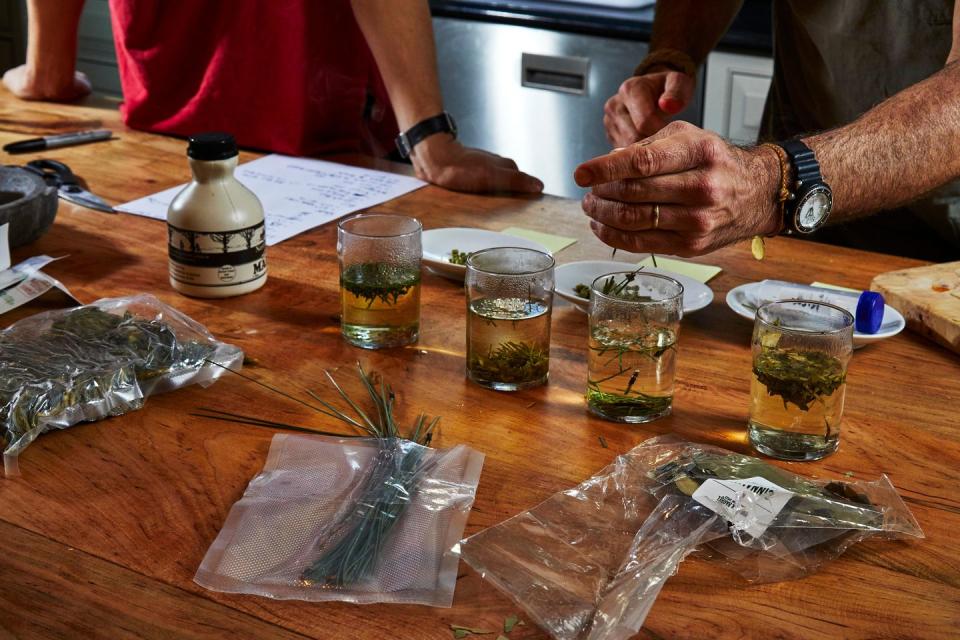
Seek inspiration in the spice cabinet
Calagione assesses spices, herbs, or culinary ingredients by making teas or tinctures. To try it, put a small amount of your chosen spice into a bowl and pour a pint of hot water over it. “You can usually get a sense of the intensity and characteristics, which will inform how much you want to add” when you scale up to your five-gallon batch, he says. Less is best with spices such as cardamom seeds (one ounce), fresh ginger (two ounces), spruce tips (two ounces), and cinnamon sticks (two), all of which you’ll want to add toward the last 10 minutes of the boil, the stage when you sterilize the wort and add the hops. Steep the spices in a muslin sack or specialty grain bag for easy removal. Also, consider how ingredients might create bridges to food. To create a perfect pairing for raw oysters, for example, Dogfish Head collaborated with Maine’s Oxbow Brewing Company on Kelp! I Need Some Honey, a saison with brininess and minerality from dried, crushed Icelandic kelp that’s added during the whirlpool, a step at the end of the brewing process that spins the wort to separate out hops and other solids. This maintains the oceanic aromatics and sterilizes the seaweed. “We don’t pasteurize,” Calagione says.
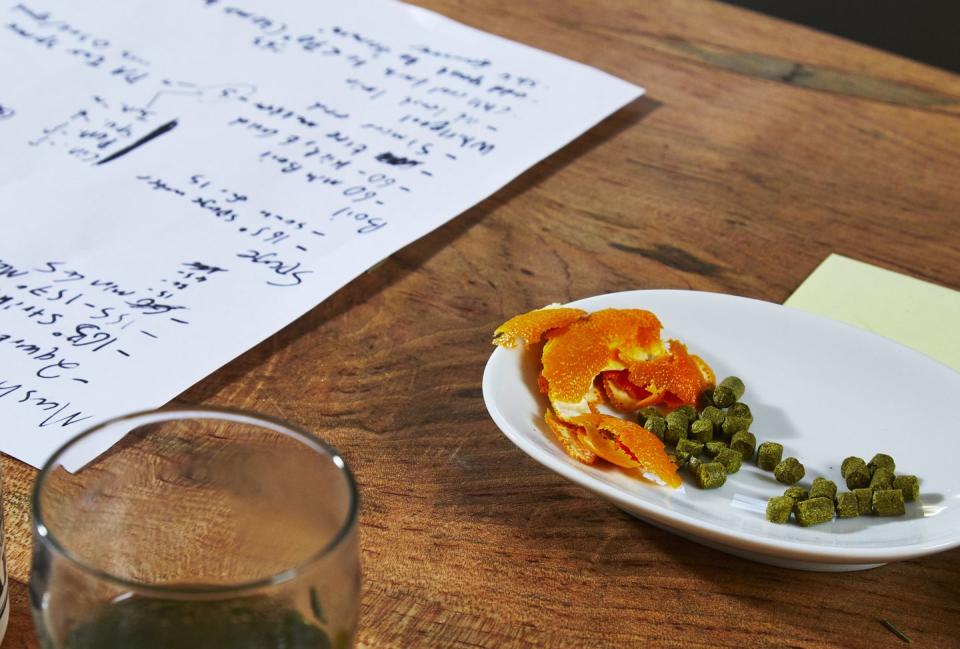
Look to fruit for flavor
For stone fruit and berries, Calagione favors fresh produce or aseptic (contaminant-free) frozen purées added at the boil’s finish and simmered for around 20 minutes at 160°F to 170°F, then strained out before fermentation. You’ll use more fruit than you might think: around 10 pounds of crushed blueberries and sour cherries (or half that amount if you’re using a purée).
The bright acidity of a kettle-soured German ale plays especially well with berries, as in Dogfish Head’s SuperEIGHT gose, which contains blackberries and raspberries, among other fruits. If you’re using citrus, peel the zest from the middle white layer (or pith). “I’ve never found a recipe where the pith adds positive characteristics,” Calagione says. Add an ounce or two of zest in the boil’s final minutes for a citrusy pop. “The essential oils don’t get fermented, so they stay on the top notes of the beer and contribute more aromatics.”

Try a barrel-aged shortcut
You likely can’t age your beer in 10,000-gallon tanks hewn from fragrant Paraguayan wood like Dogfish Head does. (Those tanks produce the brawny caramel-accented Palo Santo Marron brown ale.) Instead, develop barrel flavor by dropping several oak chips in a mason jar with four to five ounces of a strong, neutral spirit such as Everclear to serve as a solvent. “Shake it every morning for a week to expose another layer of resin-rich wood,” Calagione says. After the beer finishes fermenting, add drops of the tincture to taste before bottling.
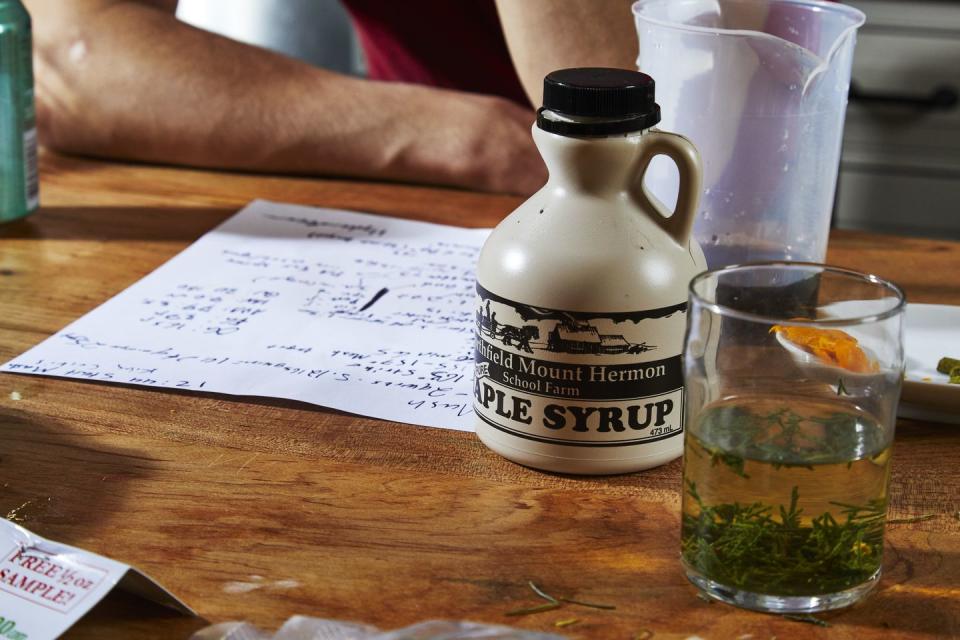
Treat sugar as a tasty addition
Dogfish Head uses molasses, maple syrup, and brown sugar to boost a beer’s flavorful complexity. Calagione recommends keeping adjuncts to less than 20 percent of a beer’s total fermentable sugars to avoid an unpleasant dryness. Retain maple syrup’s delicate characteristics by adding it after the boil, during fermentation. “The brewer’s yeast eats the sugars at the same time it’s eating sugars from grains,” Calagione says, leaving flavor and not sweetness.
Sometimes extra sweetness is essential, especially when brewing light, low-calorie beers with amyloglucosidase enzymes (try White Labs’ Ultra-Ferm). They break complex sugars into simple sugars that yeast convert to alcohol, but the trade-off is no body. “That’s why industrial light lagers taste so watery,” Calagione says. One breakthrough ingredient is unfermentable, zero-calorie monk fruit extract, which is hundreds of times sweeter than table sugar. As with spices, assess monk fruit’s intensity by making tea or tincture before adding it during the sterilizing whirlpool, and “recognize that a little goes a long way,” Calagione says
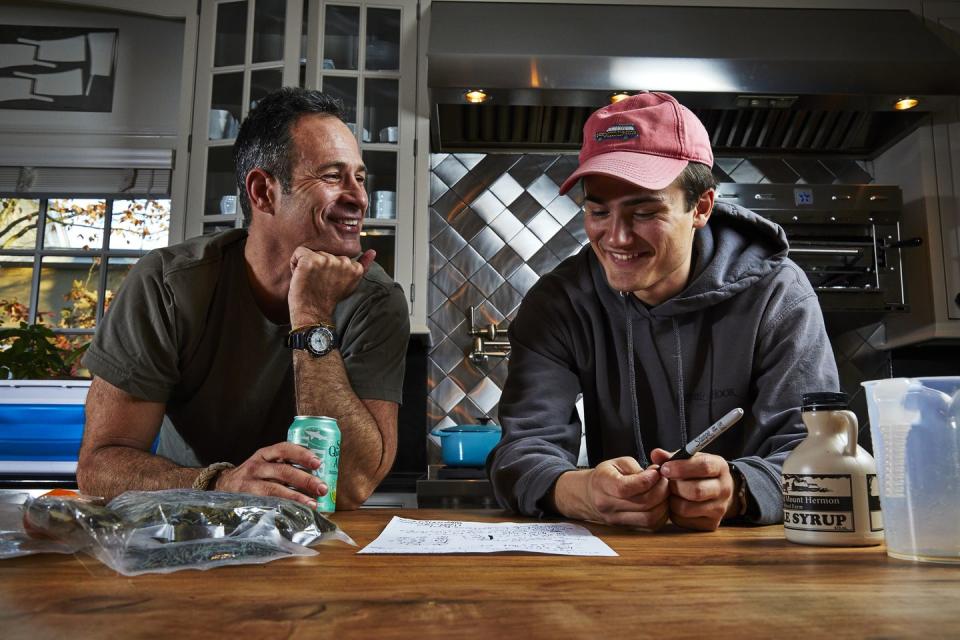
You Might Also Like

